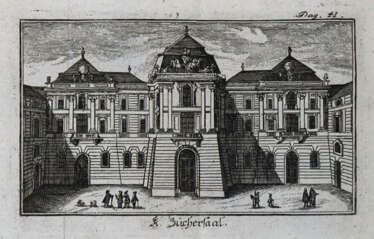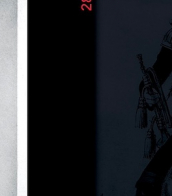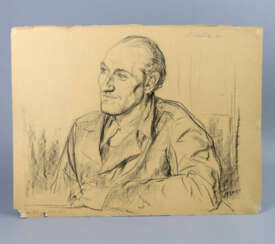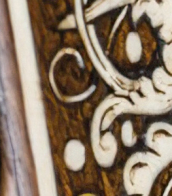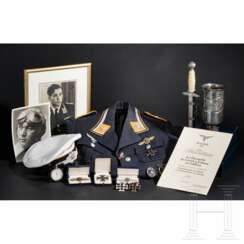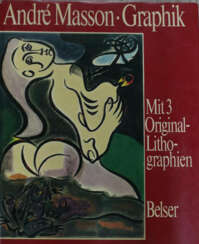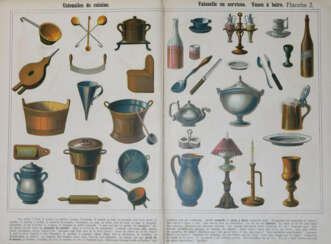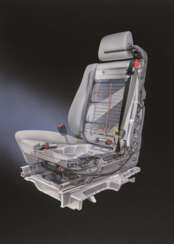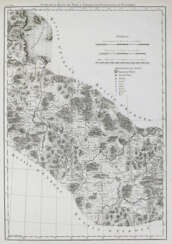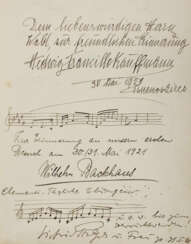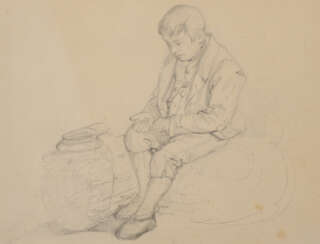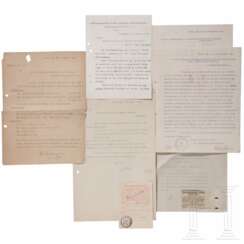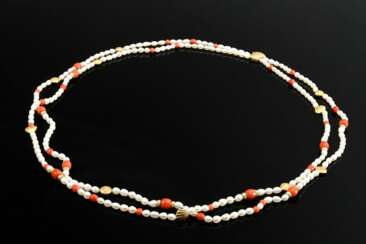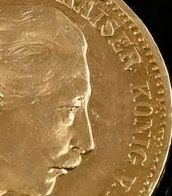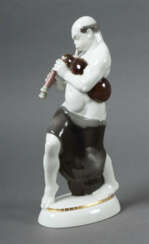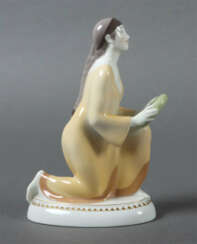27 Items by auctions and galleries:
hans von marées
Lot 4074 Prinz Philipp von Hessen (1896 - 1980) - Ehrenpreis des Oberpräsidenten von Hessen-Nassau, mit seltenem KPM-Portraitmedaillon Hitlers, 1937
A106r: Orden und Militaria ab 1919 

Hermann Historica
A106r: Orden und Militaria ab 1919
Date: 07.11.2025 10:00 UTC +01:00
Number of lots in the catalog: 868
Lot 3532 König Friedrich Wilhelm III. von Preußen (1770 - 1840) - Adelsbrief für den Premier-Lieutenant Ludwig Wilhelm Vollard (1793 - 1860) im 2. Leibhusarenregiment, datiert 1. März 1829
A106m: Orden und Militaria bis 1918 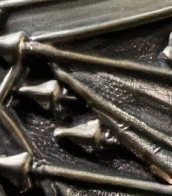

Hermann Historica
A106m: Orden und Militaria bis 1918
Date: 06.11.2025 10:00 UTC +01:00
Number of lots in the catalog: 914
Lot 11773 NSDAP-Ortsgruppe Fürth - rare documents of its establishment between September 18 and November 5, 1923, with an early signature by Albert Forster
A107r: Orden und Militaria ab 1919 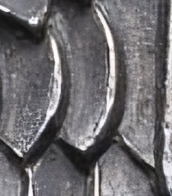

Hermann Historica
A107r: Orden und Militaria ab 1919
Date: 14.11.2025 10:00 UTC +01:00
Number of lots in the catalog: 965
